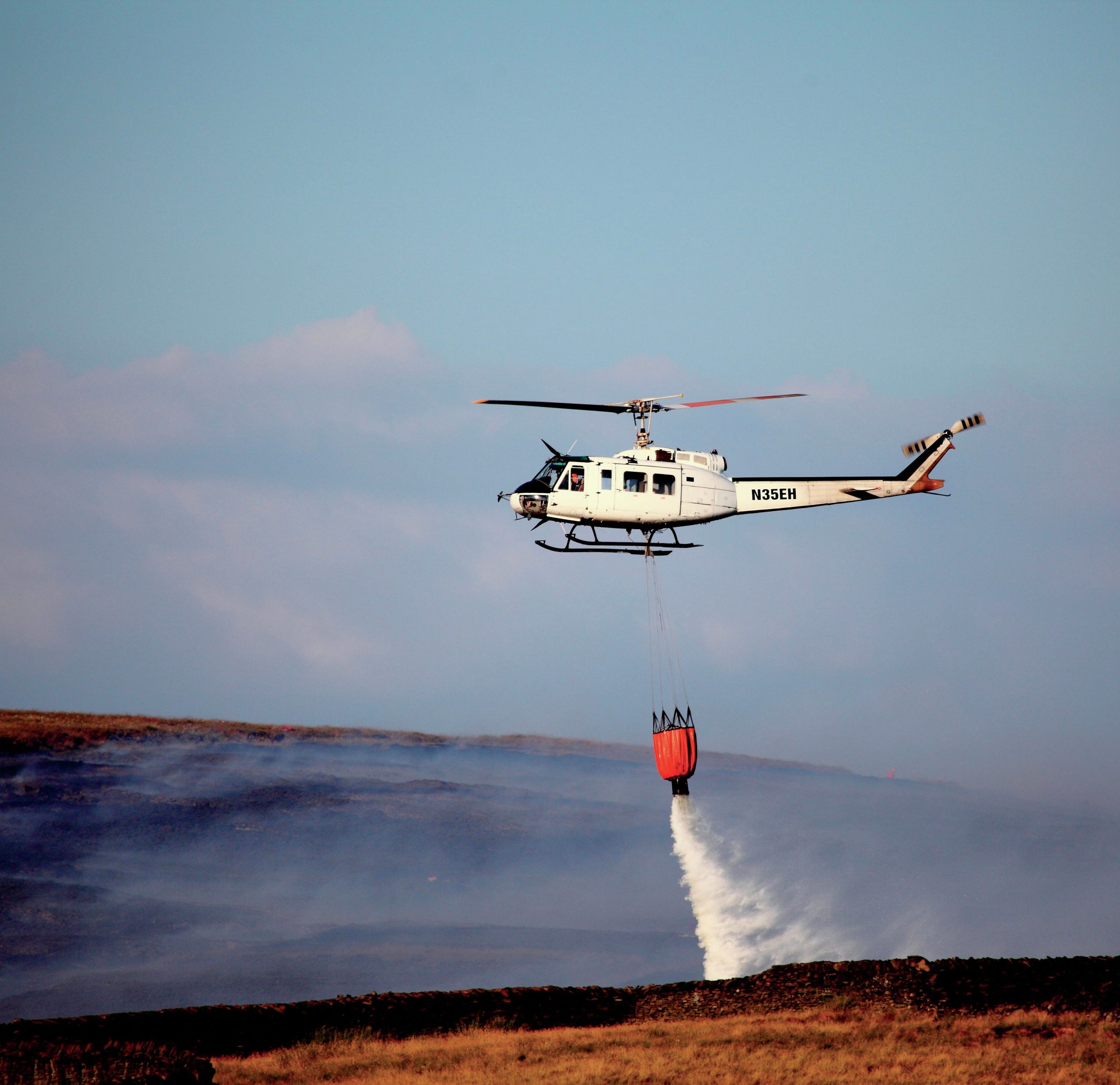
Moorland fires are not only a tragedy for local wildlife, such as ground-nesting red grouse, but also a major source of pollution. Particulate matter (PM) and ozon (O3) are some of the major concerns (see pp. 2–6). Ozone is a secondary product of fires (i.e. it is produced in the atmosphere), so it can be found miles away from the source. Likewise, emission of atmospheric carbon is a significant issue because carbon compounds can act as greenhouse gases (see CHEMISTRY REVIEW, Vol. 14, No. 4, pp. 28–30) or tropospheric ozone precursors (see CHEMISTRY REVIEW, Vol. 14, No. 2, pp. 17–19).
The 2018 moorland fires were studied using the FAAM (Facility for Airborne Atmospheric Measurements) research aircraft. This plane crossed the plumes arising from the fires at different altitudes and distances from the source, collecting samples for analysis. A range of extremely sensitive, fast spectrometers on board the plane continuously measured levels of gases, including carbon monoxide (CO), carbon dioxide (CO2), methane (CH4), ozone and NOx. Air samples were also collected for analysis in ground-based labs, to determine the volatile organic compounds (VOCs) present.
Your organisation does not have access to this article.
Sign up today to give your students the edge they need to achieve their best grades with subject expertise
Subscribe




